Table of content
Zongzi, a beloved traditional Chinese dish, is a pyramid-shaped dumpling made of glutinous rice stuffed with various fillings and wrapped in bamboo or reed leaves. These delightful treats are often enjoyed during festivals like the Dragon Boat Festival, but their popularity has transcended cultural boundaries, making them a staple in many households worldwide. However, freezing zongzi for later use is common, and reheating them properly—especially in a microwave—requires careful attention to preserve their texture, flavor, and safety. This article delves into the science and art of reheating frozen zongzi in a microwave, offering step-by-step instructions, troubleshooting tips, and essential safety advice to ensure a perfect result every time.

Understanding Frozen Zongzi: Composition and Challenges
Before diving into reheating methods, it’s crucial to grasp why frozen zongzi demands special handling. Zongzi’s structure consists of sticky rice, which has a high starch content, and fillings that may include meats, beans, or nuts. When frozen, the water molecules within the rice and fillings form ice crystals, which can damage the dumpling’s cellular structure if not thawed or reheated correctly. Microwaves, while convenient, heat food unevenly due to their reliance on electromagnetic waves to agitate water molecules. This can lead to hotspots, uneven cooking, or even a dried-out exterior while the interior remains cold.
Why Microwave Reheating?
Microwaves are a go-to appliance for busy individuals due to their speed and efficiency. Unlike steaming or boiling—traditional methods for reheating zongzi—microwaves eliminate the need for additional pots or pans, reduce cleanup time, and offer quicker results. However, achieving the ideal balance between thorough heating and moisture retention is the key challenge.
Step-by-Step Guide to Reheating Frozen Zongzi in the Microwave
Preparation: Defrosting (Optional but Recommended)
While microwaves can reheat frozen zongzi directly, defrosting first ensures even heating. There are two ways to do this:
- Refrigerator Thawing: Transfer the frozen zongzi from the freezer to the refrigerator 6–8 hours before reheating. This gradual thawing preserves texture but requires planning.
- Microwave Defrost Mode: Use the microwave’s “defrost” or “low-power” setting (typically 30% power) for 2–3 minutes per zongzi. Flip halfway through to ensure even thawing.
Why this matters: Defrosting reduces the risk of overcooking the exterior while the interior remains icy.
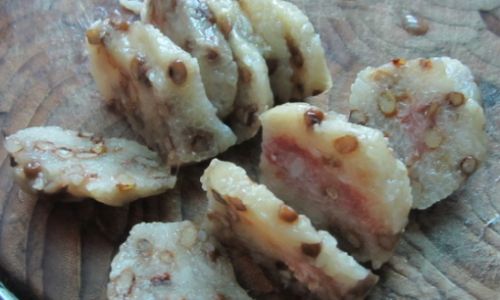
Wrapping for Moisture Retention
Zongzi’s sticky rice can dry out quickly in a microwave. To counter this:
- Damp Paper Towel Method: Wrap the zongzi in a slightly damp (not soaking) paper towel. The moisture evaporates during heating, creating steam that keeps the rice pliable.
- Microwave-Safe Lid or Cover: Place the zongzi in a microwave-safe dish and cover it with a lid or microwave-safe plastic wrap, leaving a small vent for steam to escape.
Power Settings and Timing
Microwave wattage varies (commonly 600–1200 watts), so timing adjustments are essential:
- High Power (1000–1200 watts): 1–2 minutes per zongzi. Flip halfway and check for doneness.
- Medium Power (700–900 watts): 2–3 minutes per zongzi. Ideal for avoiding overheating.
- Low Power (500–600 watts): 3–4 minutes per zongzi. Best for gentle reheating.
Pro Tip: Start with shorter intervals and add 30-second bursts if needed to prevent overcooking.
Testing for Doneness
- Touch Test: Gently press the zongzi; it should feel warm and slightly soft.
- Internal Temperature: Use a food thermometer to ensure it reaches 74°C (165°F), the safe threshold for eliminating bacteria.
- Visual Cues: The bamboo leaves should darken slightly, and steam should rise when unwrapped.
Resting Period
Allow the zongzi to rest for 1–2 minutes after microwaving. This redistributes heat evenly and prevents burns when unwrapping.
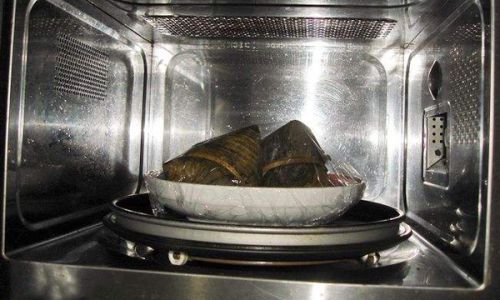
Troubleshooting Common Issues
Uneven Heating
- Symptoms: Hot exterior, cold center.
- Solution: Pause heating halfway, flip the zongzi, and rearrange if reheating multiple pieces. Use a rotating microwave tray if available.
Dry or Rubbery Texture
- Symptoms: Tough, chewy rice.
- Solution: Increase moisture by wrapping in a wetter paper towel or adding a splash of water to the dish before covering.
Soggy Leaves
- Symptoms: Overly soft or disintegrated bamboo leaves.
- Solution: Avoid over-microwaving. If leaves tear, transfer the zongzi to a plate and peel carefully.
Exploded Filling
- Symptoms: Burst seams or oozing fillings.
- Solution: Pierce the zongzi’s surface lightly with a toothpick to release steam during heating.
Safety Precautions
- Avoid Metal Ties or Foils: Remove any metal strings or foil wrapping before microwaving, as they can cause sparks.
- Use Microwave-Safe Containers: Glass or ceramic dishes are ideal. Avoid plastic containers unless labeled “microwave-safe.”
- Handle with Care: Zongzi retains heat longer than expected. Use oven mitts or tongs to remove it from the microwave.
- Discard Spoiled Zongzi: If the zongzi smells off, has freezer burn, or was stored improperly, discard it to prevent foodborne illness.
Variations in Zongzi Types and Their Impact on Reheating
Not all zongzi are created equal. Sweet varieties (e.g., red bean paste) may require less time than savory ones (e.g., pork belly) due to fat content. Larger zongzi or those with dense fillings (like salted egg yolks) need longer heating. Adjust timing accordingly and consider slicing larger zongzi in half for faster, more even results.
Alternative Reheating Methods: A Comparison
While microwaves are convenient, alternatives exist:
- Steaming: Preserves moisture and texture but takes 15–20 minutes.
- Boiling: Quick (10–15 minutes) but may dilute flavors if not drained properly.
- Oven: Crisps the exterior (200°C/400°F for 10–15 minutes) but is energy-intensive.
The microwave remains unmatched for speed, making it ideal for time-sensitive situations.
Cultural Context and Preservation Tips
Zongzi’s origins trace back over 2,000 years to the legend of Qu Yuan, a patriotic poet. Today, freezing extends its shelf life, but proper storage is key:
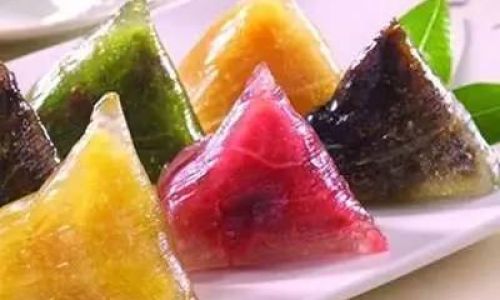
- Freezing: Wrap tightly in plastic, then foil, and store for up to 3 months.
- Thawing: Never refreeze thawed zongzi, as this invites bacterial growth.
Conclusion
Reheating frozen zongzi in a microwave is a blend of science and culinary art. By understanding the interplay of moisture, power settings, and timing, you can transform a frozen dumpling into a warm, aromatic delight. Whether you’re savoring a sweet red bean zongzi or a savory pork-filled one, the microwave offers a gateway to enjoying this traditional treat with minimal fuss. Experiment with wrapping techniques and power levels to find your perfect method, and always prioritize safety to ensure every bite is as satisfying as it is safe.
With this guide, you’re now equipped to navigate the nuances of microwave reheating, preserving the essence of zongzi for generations to come. Bon appétit!
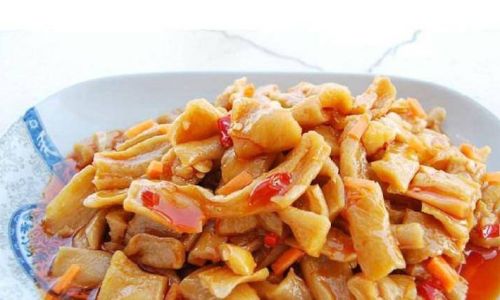
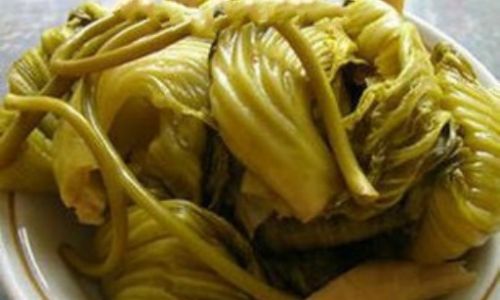
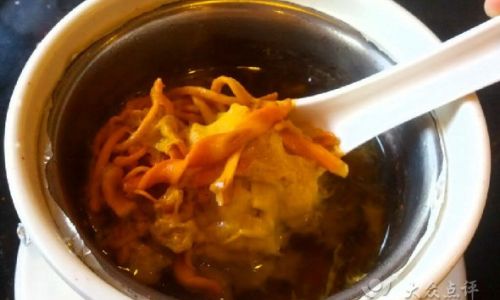
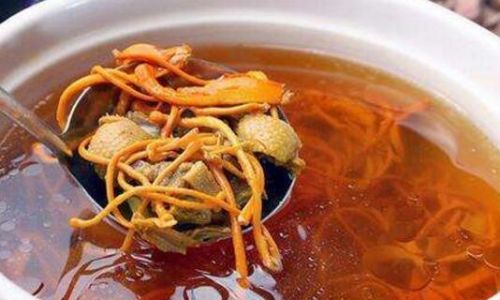
0 comments